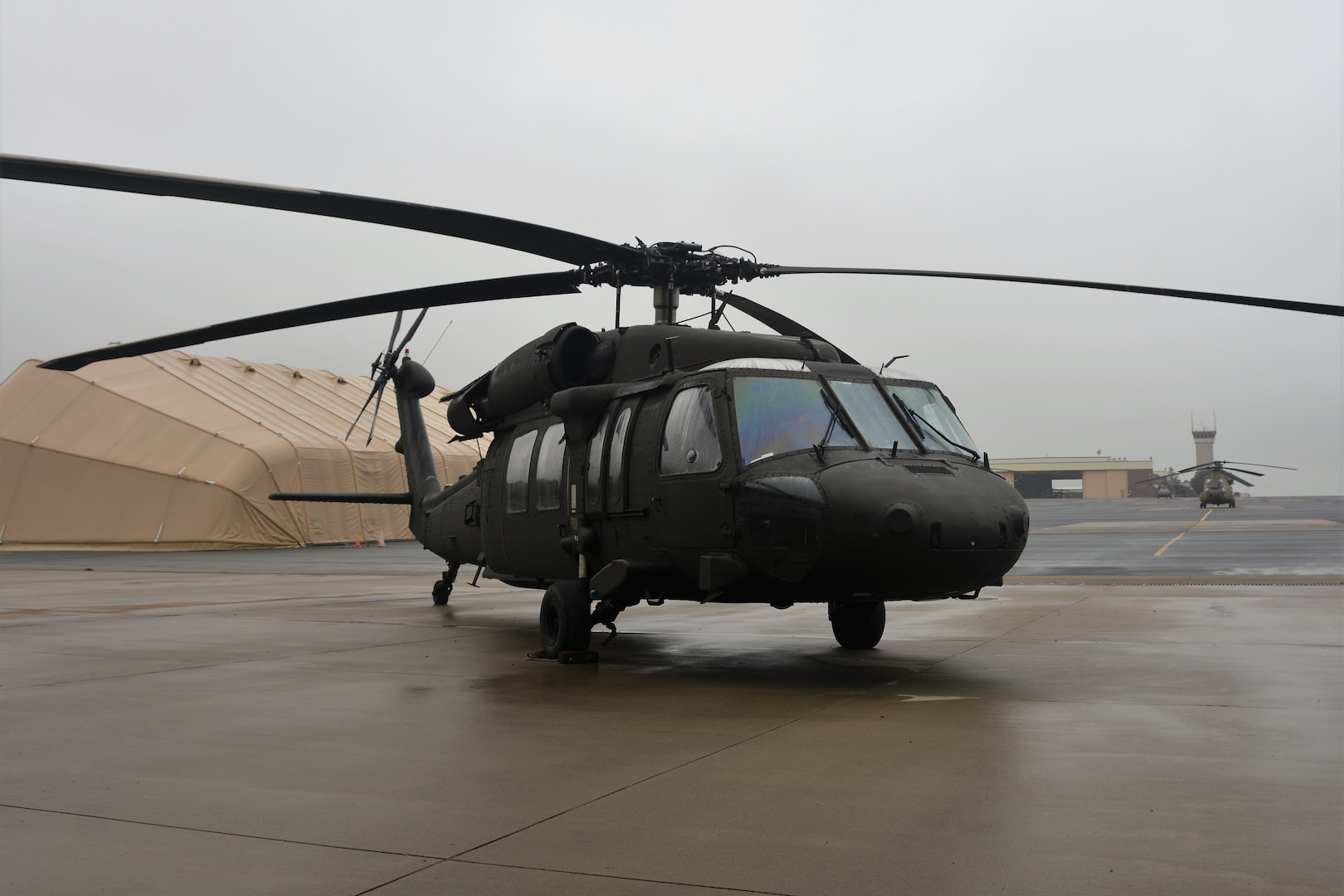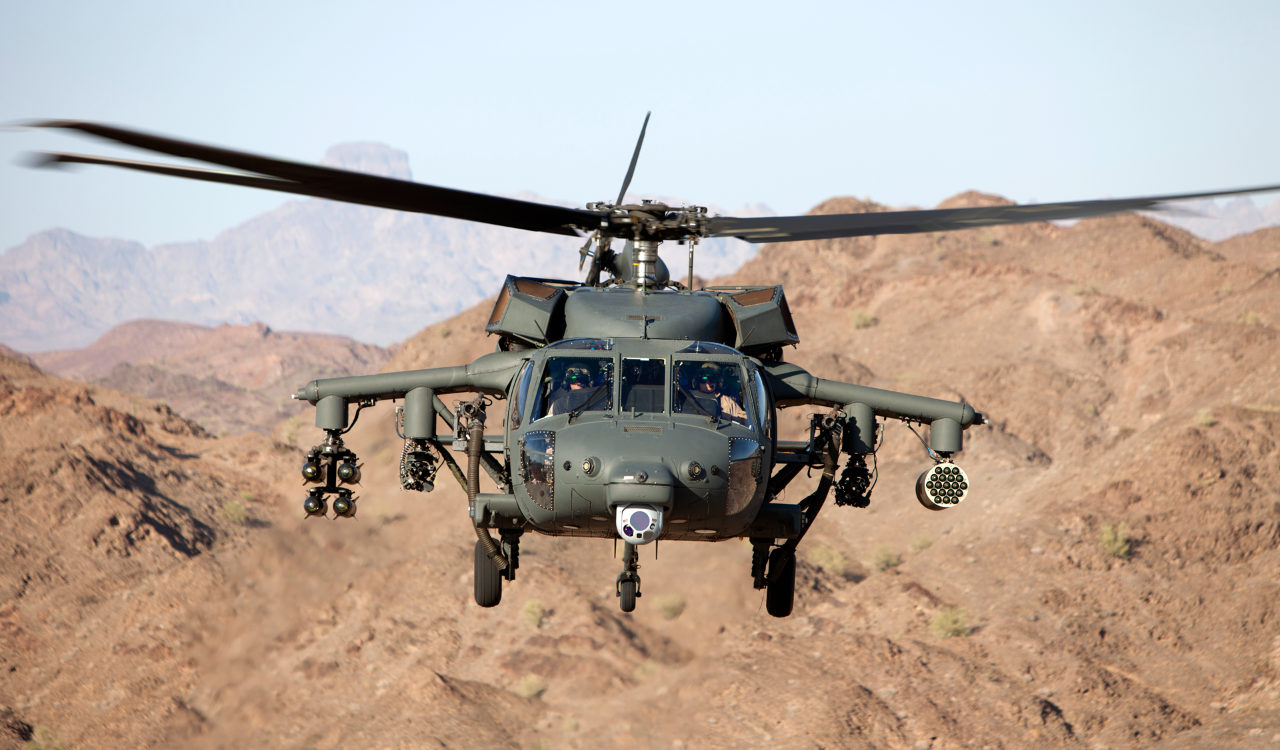A Comprehensive Overview to the Upkeep and Care of Airplane for Longevity
The long life of an aircraft hinges dramatically on its upkeep and care, requiring an organized strategy to ensure ideal performance and security. Normal evaluations, coupled with a systematic maintenance program, act as crucial components in recognizing possible concerns before they escalate. Additionally, the condition of the airplane's interior and adherence to governing criteria play crucial roles in preserving its worth. Comprehending the details of these methods can be intricate; for that reason, it is essential to explore the crucial elements that add to reliable aircraft care and the ramifications of neglecting these obligations.
Importance of Routine Maintenance
Regular maintenance is important for the safety, efficiency, and durability of aircraft. A systematic method to maintenance makes sure that all components operate ideally, consequently reducing the danger of mechanical failure during procedure. Regular examinations and servicing enable technicians to determine potential problems before they escalate right into considerable troubles, making certain that the airplane continues to be in compliance with aeronautics regulations.
Additionally, keeping an aircraft according to the manufacturer's standards is crucial for protecting its value. A well-documented upkeep background can boost resale potential customers and infuse self-confidence in prospective buyers. In addition, regular maintenance adds to operational performance, as it helps to enhance fuel consumption and efficiency metrics, bring about set you back savings with time.
Furthermore, regular upkeep adds to the total safety of trip procedures (uh 60). By addressing wear and tear promptly, drivers can alleviate dangers connected with aging airplane systems. This positive method not only safeguards the lives of guests and staff but also safeguards the aircraft itself against devastating failures

Daily Inspection List
Just how can pilots and maintenance staffs make sure the airplane remains in optimal condition prior to each trip? The solution hinges on a thorough everyday evaluation checklist, which offers as an important protocol to identify possible issues that could jeopardize security and performance. This checklist needs to include numerous essential locations, consisting of exterior and indoor assessments, in addition to useful checks of vital systems.
Beginning with the exterior, teams ought to analyze the airframe for any type of noticeable damages, leaks, or signs of corrosion. Focus must be paid to manage surfaces, landing gear, and the problem of tires. Relocating to the inside, the team ought to confirm that all controls and tools are operational, making sure that electronic systems are operating correctly.

In enhancement to architectural checks, it is crucial to inspect gas degrees and confirm that all needed papers, including enrollment and weight and balance information, depend on day. Lastly, a review of emergency situation devices, consisting of life vests and fire extinguishers, need to be carried out to ensure compliance with security laws. By vigilantly following this day-to-day inspection checklist, pilots and upkeep staffs can substantially boost the security and integrity of their aircraft.
Arranged Upkeep Programs
Arranged upkeep programs are vital for the lasting safety and security and performance of airplane operations. These programs are created to make sure that all aircraft parts go through regular assessments, upkeep, and essential repair work at fixed periods. By adhering to an organized maintenance schedule, drivers can dramatically lower the danger of in-flight failures, enhance airplane dependability, and expand the lifespan of crucial components.
Usually, arranged upkeep is classified into different levels, consisting of A, D, c, and b checks, each with distinct demands and thoroughness. A checks are usually extra constant and concentrate on fundamental aesthetic inspections and minor fixings, while D checks are much more detailed and take place less regularly, including substantial disassembly and overhaul of the airplane.
Regulative bodies, address such as the FAA and EASA, required conformity with certain upkeep schedules based upon aircraft kind and use. Operators must preserve precise records of all maintenance performed to show compliance and assist in evaluations. In addition, the integration of predictive maintenance modern technologies can additionally boost the effectiveness of scheduled programs by determining possible concerns prior to they rise, therefore making certain that airplane remain in optimum problem and ready for secure procedures.
Care for Airplane Interiors
Caring for aircraft insides is important not just for passenger convenience yet also for keeping the overall worth and safety and security of the airplane. Normal cleansing and upkeep of the indoor parts contribute substantially to a favorable flying experience while maintaining the airplane's visual allure.
To ensure optimal treatment, it is vital to develop a regular cleaning timetable that includes vacuuming rugs, wiping down surfaces, and sterilizing high-touch areas. Upholstery and seating must be evaluated for damage, with any damages without delay addressed to stop further degeneration. Furthermore, attention has to be provided to the galley and lavatory areas, which need extensive cleaning and restocking of supplies to keep health.
In addition, using suitable cleaner is crucial; rough chemicals can damage finishes and products, Website so it is advisable to utilize items especially made for airplane insides. Normal examinations should likewise be conducted to determine any maintenance requires, such as replacing damaged seat covers or fixing window tones. By prioritizing the care of aircraft interiors, drivers can enhance the overall passenger experience and safeguard the investment in their aircraft.
Comprehending Regulative Compliance
Regulatory compliance is a vital aspect of aircraft upkeep, typically needing drivers to follow a complex structure of regional, national, and worldwide criteria. This framework is primarily established by aeronautics regulative bodies such as the Federal Aviation Management (FAA) in the United States and the European Union Air Travel Safety Firm (EASA) in Europe - uh 60. These companies state laws that govern various aspects of airplane upkeep, including airworthiness, security protocols, and functional treatments

In addition, operators must remain notified concerning changes in guidelines and take part in training programs to make certain that their personnel is knowledgeable concerning compliance demands. Failing to follow these policies can lead to severe penalties, including fines, grounding of aircraft, or loss of accreditation. Consequently, understanding and adhering to regulatory conformity is paramount for the durability and security of aircraft operations.
Final Thought
In conclusion, the maintenance and care of airplane are paramount for guaranteeing long life, security, and operational performance. Focus to the airplane's inside and compliance with regulative standards dramatically add to protecting its worth.
The durability of an airplane hinges dramatically on its upkeep and treatment, necessitating a structured technique to make certain optimal efficiency and security. By carefully following this day-to-day assessment checklist, pilots and maintenance teams can dramatically boost the safety and dependability of their aircraft.
These programs are created to ensure that all airplane parts go through normal assessments, upkeep, and essential repairs at fixed periods. By prioritizing the care of aircraft interiors, drivers can boost the general passenger experience and protect the financial investment in their airplane.
In verdict, the maintenance and care of airplane are vital for making sure longevity, safety, and functional efficiency.